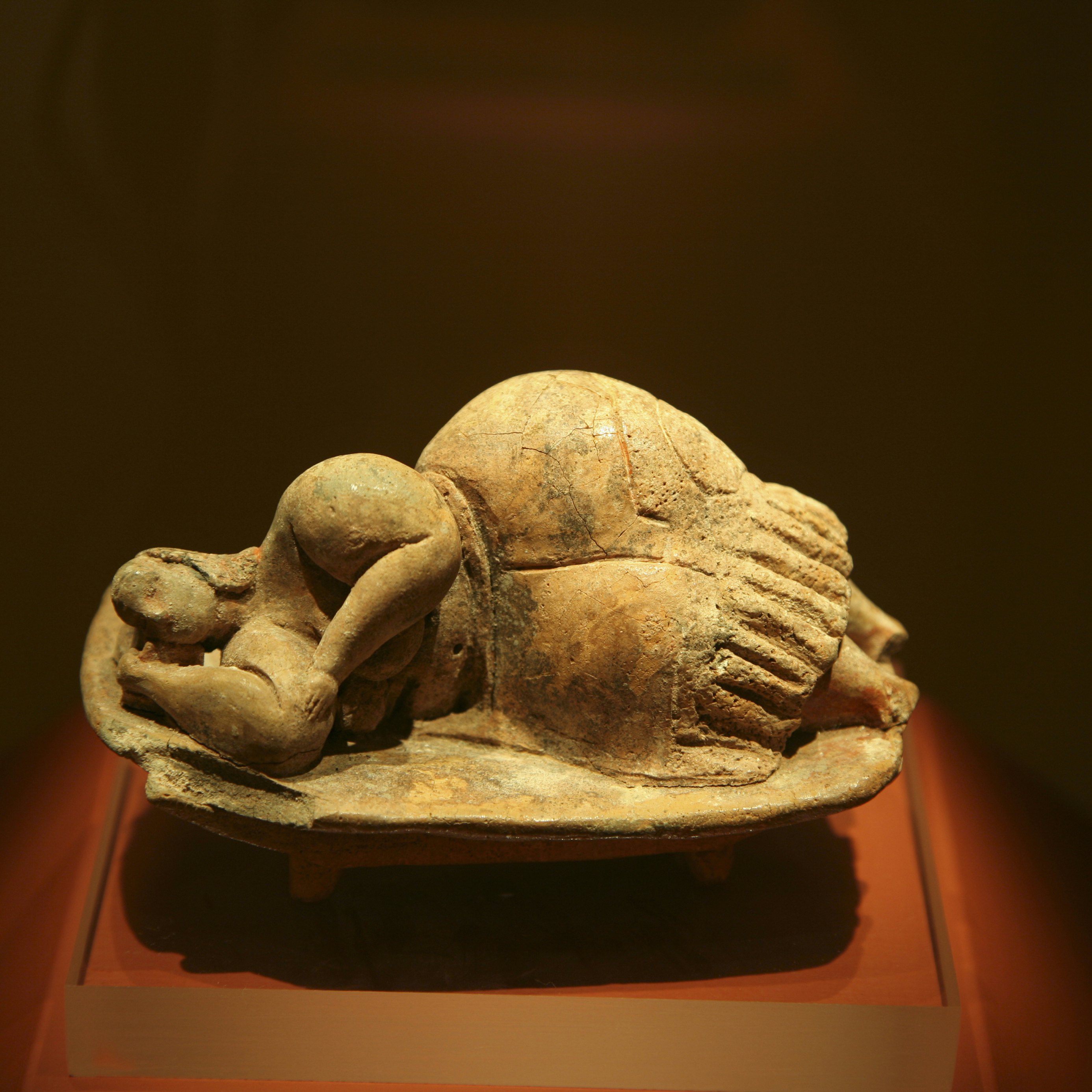

© Getty Images/iStockphoto
Overview
Malta packs glorious variety into its small archipelago. You'll find prehistoric temples, fossil-studded cliffs, hidden coves, thrilling scuba diving and a history of remarkable intensity.
Must-see attractions
Planning Tools
Expert guidance to help you plan your trip
Best Things to Do
You can hike the clifftop trails, swoon at classic cars and relax in lush greenery, all in Malta. Here are the top things to do on your trip.
Read full article
Best Places to Visit
Malta offers sunny weather, natural beauty and fascinating history. Here are the top 10 places for you to explore.
Read full article
Best Time to Visit
There’s an appeal to this archipelago in every season. Read our season-by-season guide.
Read full article
Things to Know
It’s hard not to have a fabulous time in marvelous Malta. Familiarizing yourself with these tips will make it an even better one.
Read full article
Transportation
Compact Malta is easy to navigate when you know how. Here's our guide to getting around Malta, Gozo and Comino by land and sea.
Read full article
Visa Requirements
Visiting Malta's scenic coast and historic cities is easy, with visa-free travel for dozens of nationalities. Here's what you need to know about visas.
Read full article
Money and Costs
Many of the best experiences in Malta are also budget-saving ones. From scenic ferries to walking heritage streets, we've got the lowdown.
Read full article
Spending Diaries
History lover Jacklynn Botwe shows how much she spent on a variety of historic stops on the island of Malta
Read full article




















